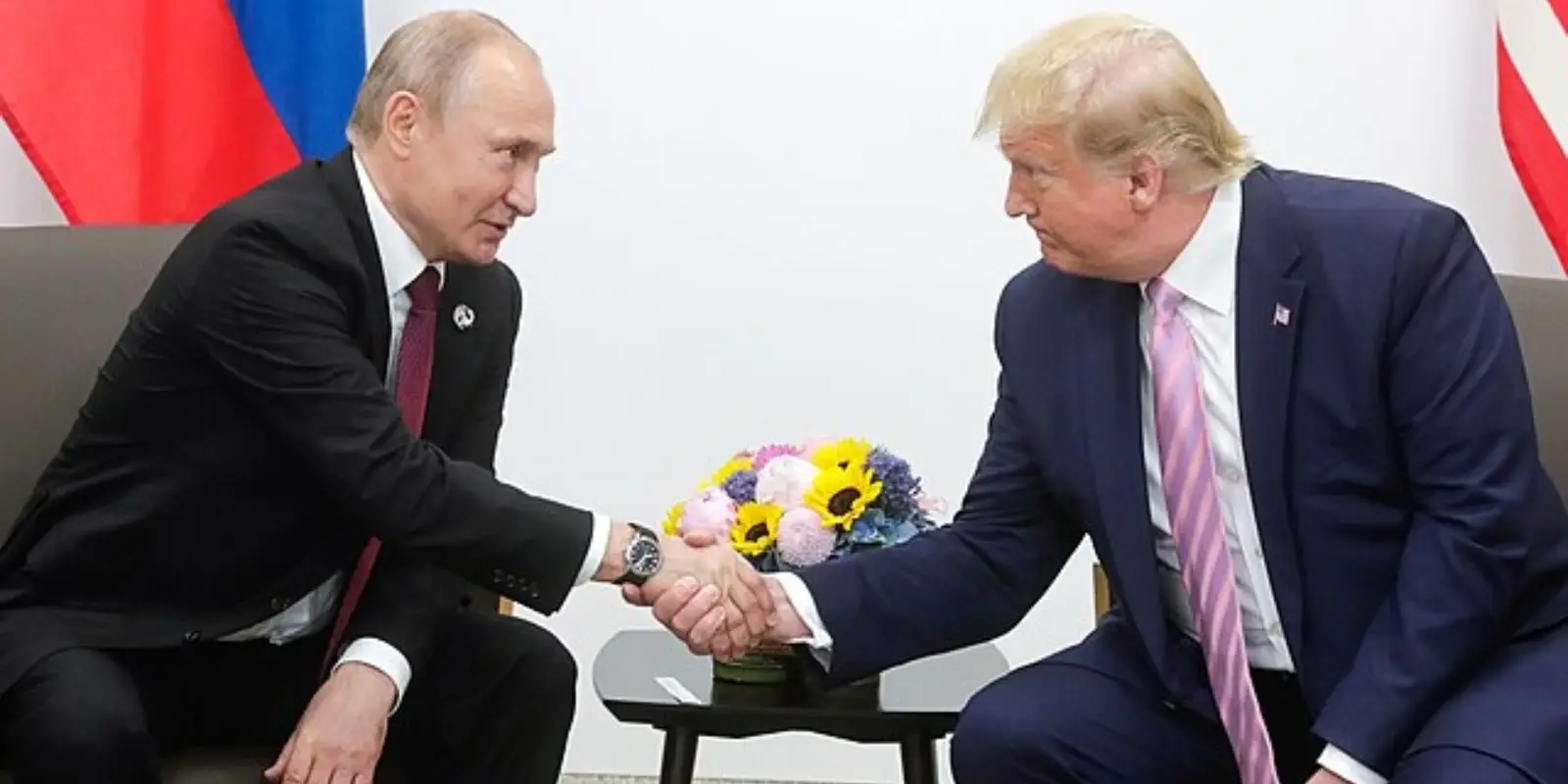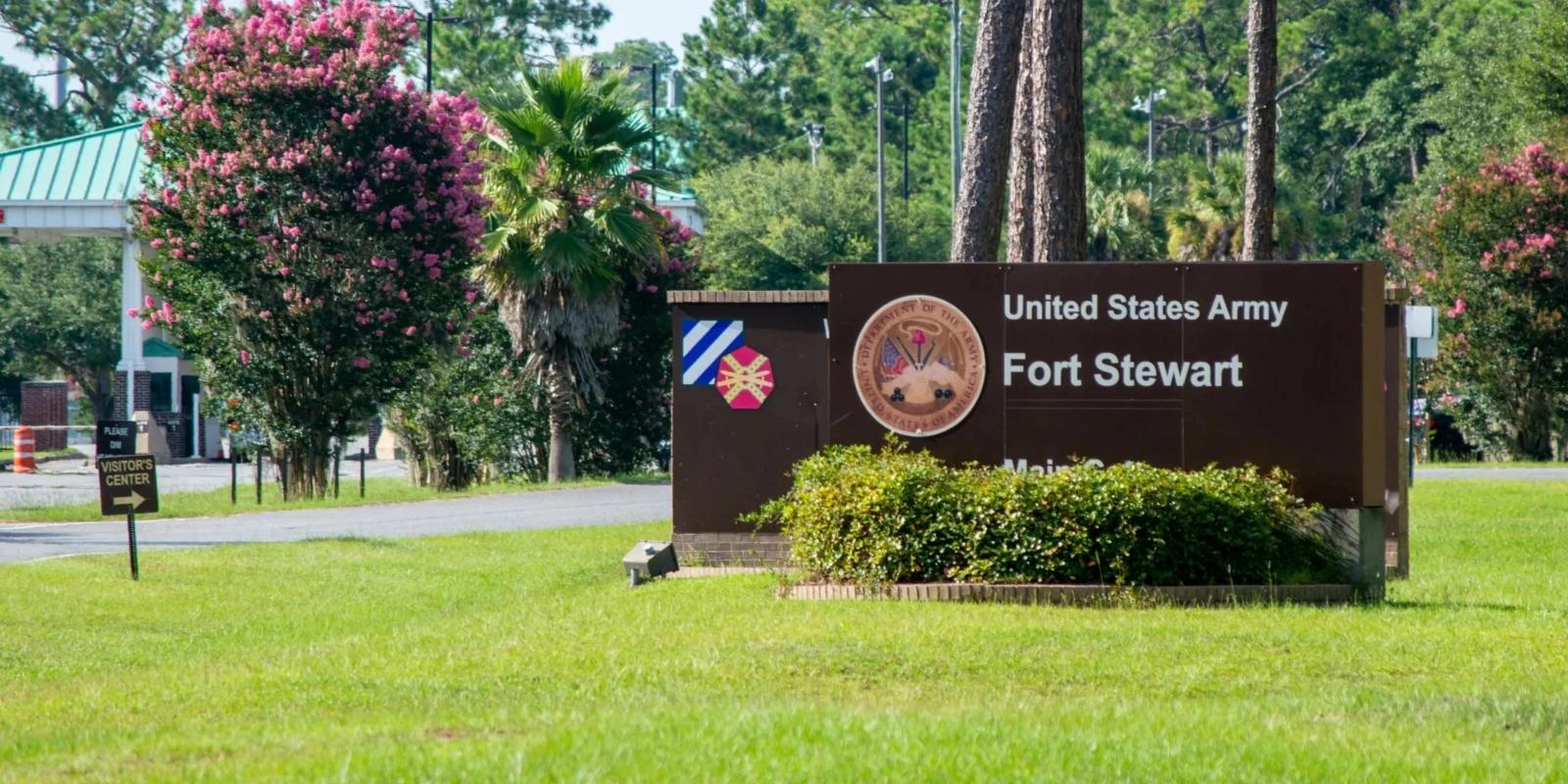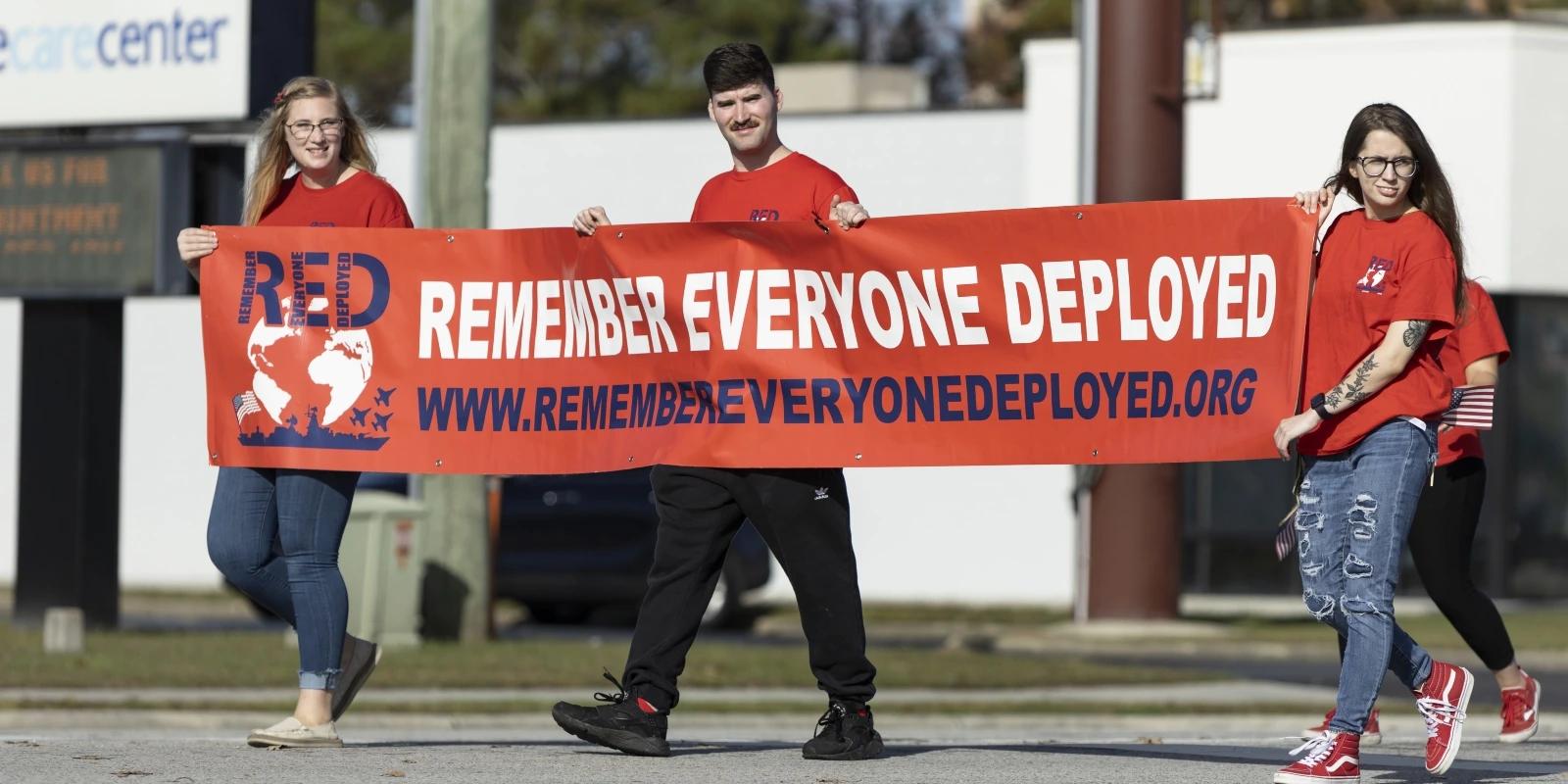The irony is palpable.
On Friday, US President Donald Trump and Russian President Vladimir Putin will meet in Alaska in what Trump himself has called a “feeling out session” to determine Putin’s seriousness about agreeing to a ceasefire in his nation’s three-and-a-half year war with Ukraine. Skepticism is running rampant amongst Ukrainian President Volodymyr Zelenskyy and his European backers who don’t foresee much good coming out of the meeting.
The meeting location itself provides an ironic twist. The state marks the closest point between the US and Russia, and was part of the Tsarist Russian Empire until 1867. To this date, some in Russia lament that “bad deal” and have proposed getting Alaska back.
Who Will Meet?
The bigger news is who won’t be there. While some initially speculated that Zelenskyy might be invited to these talks, Putin, as he has for months, refuses to speak with the Ukrainian President until a peace deal has been agreed and Zelenskyy is ready to sign it. The Alaska meeting will not be the time nor place for that.
Naturally, Trump and Putin will be the two principles. The two leaders held two face-to-face meetings during Trump’s first term. The first meeting took place in Helsinki in 2018, and the second a year later on the sidelines of the G20 Summit in Osaka, Japan. During both meetings, the topic of alleged Russia meddling in the 2016 election stole the spotlight.
After meeting privately with Putin in Helsinki, reporters asked Trump about a Federal Bureau of Investigation report that concluded Russia did attempt to influence the outcome of the 2016 Presidential Election. Trump begged to differ. "President Putin says it's not Russia. I don't see any reason why it would be," Trump said.
In 2019, Trump held their second in-person meeting in Osaka. Reporters once again pressed Trump on Russian election meddling with the 2020 election rapidly approaching. During a joint press conference in advance of the two leaders’ private meeting, a reporter asked Trump if he would talk to Putin about Russian meddling in the next election. Trump responded by saying,
"Of course I will," before pointing in Putin's direction and saying, "don't interfere in the election." It was unclear whether or not any discussions on that topic took place behind closed doors.
What Is the Expected Outcome?
When the meeting was first announced, some optimistically suggested that Trump and Putin might agree to a ceasefire framework if not an outright agreement. After both the Russian and US sides shared some of their demands, that optimism quickly deteriorated. Experts now believe, as Trump has remarked, that the meeting will be little more than a ceasefire barometer check. For the moment, the temperature is very cool.
Heading into the talks, Russia has reportedly backed off a small amount on its territory demands. Putin is now demanding Ukraine hand over the remainder of unoccupied eastern Donetsk and Luhansk regions, in exchange for halting his offensive on two other southeastern regions, Kherson and Zaporizhzhia. Russia might also hand back the small slivers of land it occupies in Ukraine's Sumy and Kherson regions. Earlier, Putin had insisted on taking Kherson and Zaporizhzhia as well.
These new demands will almost certainly be rejected by Zelenskyy who has repeatedly said that Ukraine will not give up any territory. Trump has stated that territory will likely change hands – for better or for worse – under any agreement.
Under Russia’s new proposal, Ukraine would still be giving up lots of land, home to hundreds of thousands of people and important defensive positions and get almost nothing in return. It would also make it easier for Russia to relaunch invasions later, if it so desired.
Trump himself also plans to bring some bargaining chips to the meeting in an attempt to soften Russia’s extreme territory demands. After the US had already signed a mineral rights deal with Ukraine, Trump might propose a deal that would grant Putin access to valuable minerals in Ukraine’s eastern regions, particularly lithium, which is used in the production of batteries.
Trump has also discussed lifting sanctions on Russian airlines, a move that could benefit US manufacturers like Boeing. This proposal would also allow Russian airlines, particularly Aeroflot, to once again purchase maintenance services and critical parts from US suppliers.
In addition to the mineral and aviation proposals, Trump will consider opening Alaska’s valuable oil and gas reserves to Russia. Russia’s proximity to Alaska makes this an attractive option for Putin’s strategic interests in the Arctic region, where Russia sourced 80-percent of its gas production in 2022.

When and Where Will Trump and Putin Meet?
White House officials confirmed on Tuesday night that this summit would take place at Joint Base Elmendorf-Richardson (JBER), outside Alaska’s most populous city of Anchorage.
JBER is home to the US Alaskan Command, 11th Air Force, 11th Airborne Division and the Alaskan North American Aerospace Defense Command Region.
Officials chose JBER for two simple reasons. First, the base is the only location near Anchorage that could quickly and easily handle the immense security requirements for a meeting of this magnitude.
Second, the summer months mark the height of the tourism season in Alaska. There’s nary a room to be found in town. Military officials on base have the resources to find appropriate lodging for the influx of the two parties. It’s also been reported that Trump will likely fly into and out of JBER the same day. There have been no words on Putin’s travel agenda.
This isn’t the first time the Anchorage area has hosted a high level meeting between world leaders. In September 1971, President Nixon held an historic 30-minute discussion with Emperor Hirohito of Japan. The meeting marked the first time that a member of the Japanese Imperial Dynasty had visited the US and the event was broadcasted live around the world.
EU’s Expectations?
While the US and Russia offered a peek into their engagement strategies for Friday’s meeting, Ukraine’s European backers have been busy in the background. Earlier this week, the EU issued a formal statement re-stating its steadfast support for Ukraine’s defense and territorial integrity.
The European Union, in coordination with the US and other like-minded partners, will continue to provide political, financial, economic, humanitarian, military and diplomatic support to Ukraine as Ukraine is exercising its inherent right of self-defense. It will also continue to uphold and impose restrictive measures against the Russian Federation.
On Wednesday, European leaders appeared a bit more optimistic after holding a virtual meeting with Trump and Vice President JD Vance. Trump reportedly told the Europeans that his goal for the summit was to obtain a ceasefire between Moscow and Kyiv, a slight deviation from his separate “feeling him out” comment.
According to French President Emmanuel Macron, Trump also agreed that any territorial issues had to be decided with Volodymyr Zelensky's involvement, and that security guarantees had to be part of the deal. Speaking to Trump had allowed him to "clarify his intentions" and gave the Europeans a chance to "express our expectations," Macron said.
Trump and his EU counterparts also plan to hold a virtual meeting with Zelenskyy prior to the Friday meeting with Putin.
Suggested reads:




